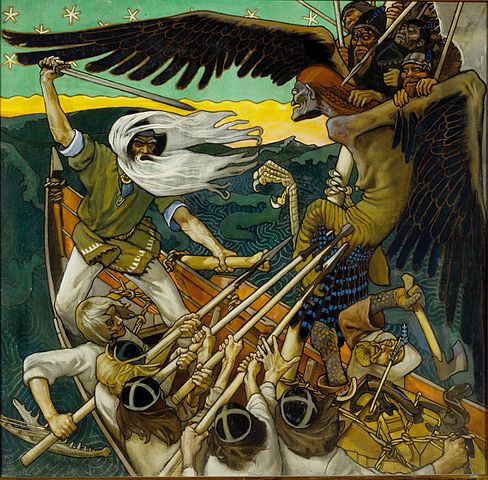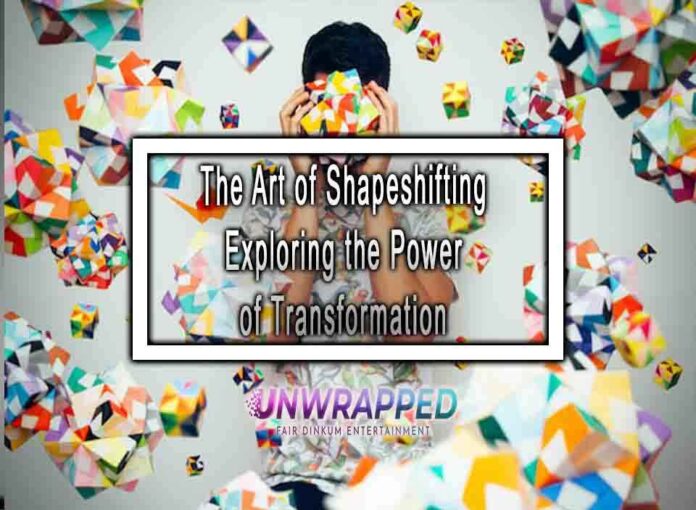Shapeshifting is a concept deeply rooted in mythology, folklore, and fiction, involving the ability to transform one’s physical appearance or form at will. While it is a popular theme in various cultures and stories, shapeshifting remains a product of imagination rather than reality. Here’s an exploration of the art of shapeshifting and the power of transformation as depicted in mythology and literature:
1. Mythological Origins:
- Shapeshifting has a rich history in mythology. Many ancient cultures have myths featuring beings or deities with the power to change their form. Examples include the Greek god Proteus, who could change into various shapes, and the Native American skinwalkers, who could take the form of animal

2. Animal Transformation:
- In mythology, characters often transform into animals. This theme is prevalent in stories about werewolves, vampires, and witches who can turn into animals like wolves, bats, or cats. These transformations are typically associated with supernatural powers and curses.
3. Cultural Variations:
- Different cultures have their own interpretations of shapeshifting. In Native American cultures, skinwalkers are often depicted as malevolent beings who can take on the form of animals. In contrast, some African cultures have stories of benevolent shapeshifters who protect their communities.
4. Folklore and Legends:
- Folklore and legends from around the world feature characters who shapeshift for various reasons, including trickery, disguise, and survival. These tales often reflect cultural beliefs and values.
5. Literary Works:
- Shapeshifting is a common theme in literature. Classic works like Ovid’s “Metamorphoses” and Lewis Carroll’s “Alice’s Adventures in Wonderland” explore the concept of transformation and identity.
6. Contemporary Fiction:
- Shapeshifting is a popular element in modern science fiction, fantasy, and paranormal literature. Characters with shapeshifting abilities are featured in series like “Twilight” and “Harry Potter,” where they add complexity to the storylines.
7. Symbolism and Allegory:
- Shapeshifting can be used symbolically or allegorically in literature and storytelling. It may represent themes like personal transformation, identity, adaptability, and the fluidity of human nature.
8. Artistic Expression:
- Artists often explore shapeshifting as a subject in visual arts, film, and animation. The concept offers a creative canvas for artists to depict transformation and change.
While shapeshifting remains a fantastical concept in fiction and folklore, it serves as a powerful metaphor for personal growth, transformation, and the exploration of one’s identity. The art of shapeshifting continues to captivate our imaginations and inspire creative storytelling.









